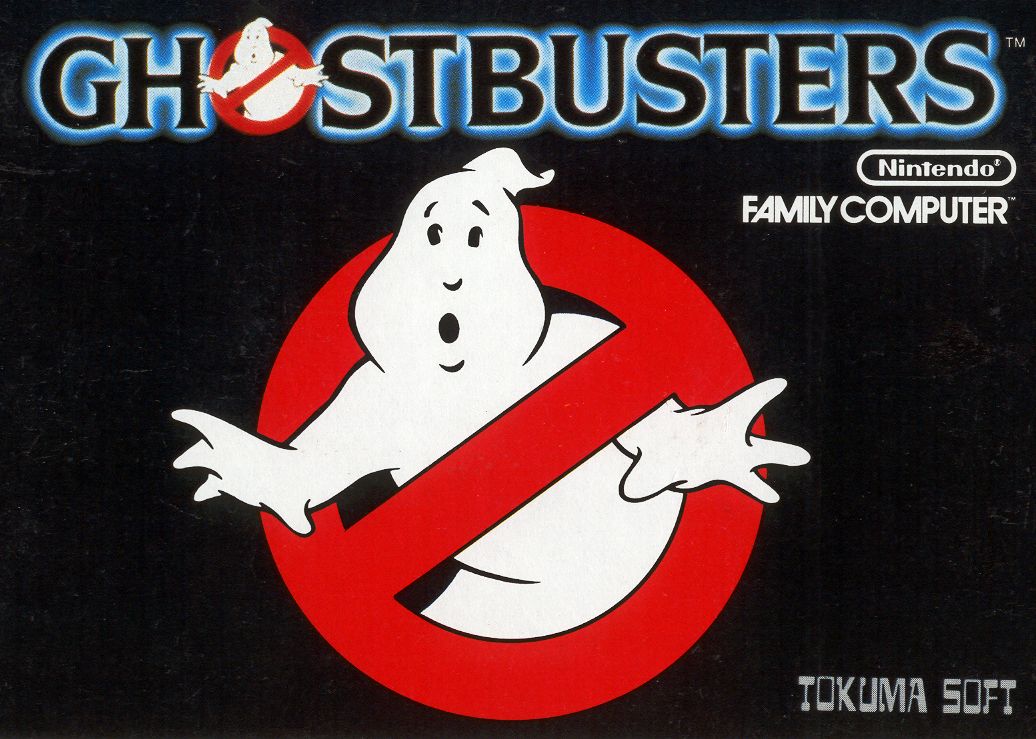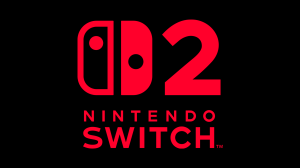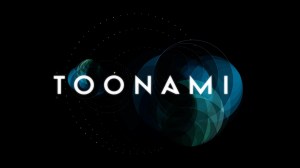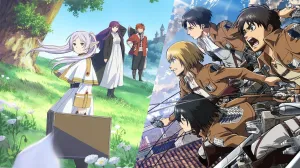The Nintendo Entertainment System was released in 1984 in Japan and a year later in the United States, bringing with it some excellent—and not-so-excellent—games from Japan. Some of these NES games were received well, becoming nostalgic fan-favorites that players remember decades after the system lost relevance. Others, however, were scorned for a plethora of reasons, though none so harshly as the Ghostbusters tie-in game, released in the US in 1988.
Videos by ComicBook.com
Ghostbusters is the Most Hated NES Game

Despite being released for the Atari and Commodore 64 before coming to America via the NES, Ghostbusters still performed spectacularly badly in the United States markets. There are a few reasons for this, but the biggest drawback of the NES version of the game is how horribly it was optimized. Long load times, laggy gameplay, and even a suboptimal translation contributed to many American players’ disappointment in the adaptation.
Suboptimal, in regard to the translation, is perhaps even being generous. The most obvious example of this is the game’s ending screen, which appears after the player defeats the final boss:

No, this isn’t a joke; this is the reward players receive after hours of dealing with Ghostbusters‘ difficult controls, annoying driving sequences, and tedious repetition. It belies a seeming lack of care about the game’s English version, which is disappointing to see, and when combined with the game’s clunky and overly difficult gameplay, players had no patience for it.
Additionally, Ghostbusters was competing with games like Super Mario Bros 2, Mega Man, and more, so fans had high expectations for games when it was released. On top of competing gameplay-wise, Ghostbusters was compared to these games in other avenues. The soundtrack, in particular, was a complaint by many, and for good reason. Rather than having distinct tracks for each location, the game was scored by an 8-bit rendition of the Ghostbusters theme on loop. That’s right, in the same year that gave players the iconic Super Mario Bros 2 theme, Ghostbusters fans also had to listen to the same song on loop for the entirety of their Ghostbusters playthrough.
Did Ghostbusters Deserve the Hate?

The unfortunate truth is that there were many parts of Ghostbusters that just fell short, particularly when compared to the other NES games released in the same year. It’s hated for good reason—outside of other games released in the year just being better, Ghostbusters wasn’t even really supposed to be Ghostbusters. The whole driving portion of the game was originally going to be another game entirely, Car Wars, that Activision was working on at the time.
It was only after John Olgen, VP of Business Development at Columbia Pictures, approached Activision International president Gregory Fischbach with an offer to license a game from Activision to be produced as quickly as possible so that it could be sold while the movie was at peak popularity. This explains why Ghostbusters doesn’t feel well-loved: it wasn’t. This wasn’t a passion project, something made by a team of devs who really cared about the product they were making; it was a money-grab project created by businesspeople who wanted to make sales. Unfortunately, this is clear in the product—Ghostbusters for the NES is generally unfun and too much work to be worth it, even for a tie-in game.
Other Movie Tie-In Games on the NES Were Fine

The collaboration games between movie studios and Nintendo number in the dozens, and unlike Ghostbusters, many of these did fine and even well upon their United States releases. For example, Indiana Jones and the Last Crusade was released in 1991 and was considered one of the better NES games released at the time, even compared to some of the non-movie-related games. Critic Robert Swan of Computer and Video Games gave it an 89% rating, citing good graphics, music, and sound effects, commending the adaptation of the movie’s action scenes into the game as well.
In all fairness, the technology of the NES was limited, but other games prove that Ghostbusters could have been better. It was hated because it wasn’t good, but not as a result of studio mismanagement or poor design concept—it wasn’t good because it was a last-minute effort to capitalize on the Ghostbusters‘ movie success. This led to the issues most people had with the game, and the lack of care put into its production is obvious.









